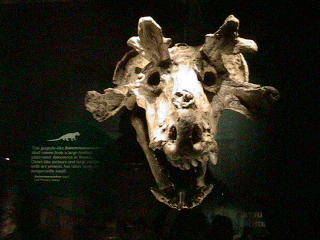You see the very idea of a constancy that spread through all Maxwell's equations was a necessary one which allowed Einstein to move into positive and negative valuations within the geometries? So did Dirac know how this was to be approached?
Dirac:
When one is doing mathematical work, there are essentially two different ways of thinking about the subject: the algebraic way, and the geometric way. With the algebraic way, one is all the time writing down equations and following rules of deduction, and interpreting these equations to get more equations. With the geometric way, one is thinking in terms of pictures; pictures which one imagines in space in some way, and one just tries to get a feeling for the relationships between the quantities occurring in those pictures. Now, a good mathematician has to be a master of both ways of those ways of thinking, but even so, he will have a preference for one or the other; I don't think he can avoid it. In my own case, my own preference is especially for the geometrical way.
Feynman:
‘Maxwell discussed … in terms of a model in which the vacuum was like an elastic … what counts are the equations themselves and not the model used to get them. We may only question whether the equations are true or false … If we take away the model he used to build it, Maxwell’s beautiful edifice stands…’ – Richard P. Feynman, Feynman Lectures on Physics, v3, c18, p2.
Paul Dirac Talk: Projective Geometry, Origin of Quantum Equations Audio recording made by John B. Hart, Boston University, October 30, 1972
The quote below is in response to Dirac's comments
[ROGER PENROSE]
"One particular thing that struck me... [LAUGHTER]...is the fact that he found it necessary to translate all the results that he had achieved with such methods into algebraic notation. It struck me particularly, because remember I am told of Newton, when he wrote up his work, it was always exactly the opposite, in that he obtained so much of his results, so many of his results using analytical techniques and because of the general way in which things at that time had to be explained to people, he found it necessary to translate his results into the language of geometry, so his contemporaries could understand him. Well, I guess geometry… [INAUDIBLE] not quite the same topic as to whether one thinks theoretically or analytically, algebraically perhaps. This rule is perhaps touched upon at the beginning of Professor Dirac's talk, and I think it is a very interesting topic."
So the question might have been, how this was viewed and what the result was through such a axiomization? What was the first principe here? Was there one that became the guiding principal?
I mentioned the compass for Einstein, as a modelled perception that grew into the later years, but here, we might have seen the beginnings Feynmans toys model for such geometries?

